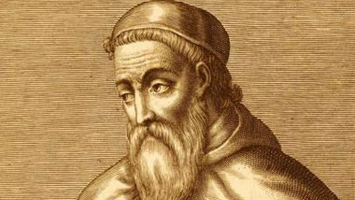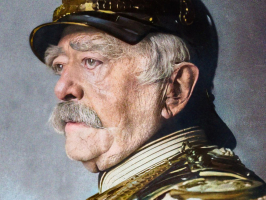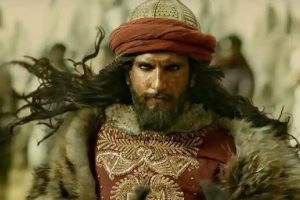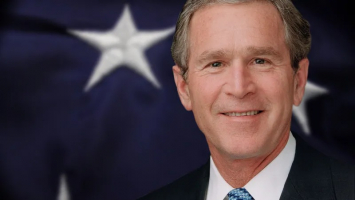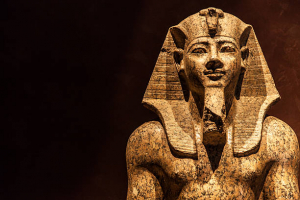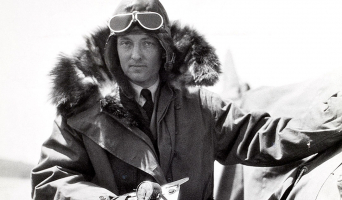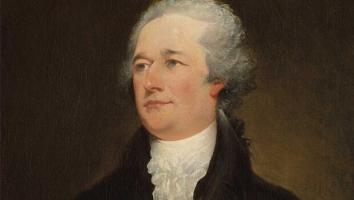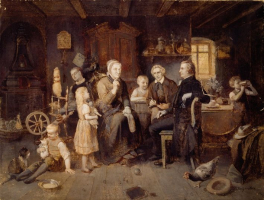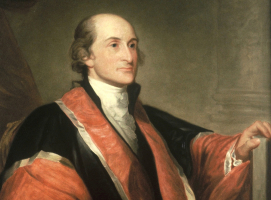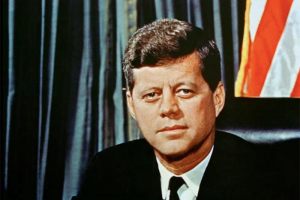Top 6 Interesting Facts about Norman Schwarzkopf
One of the most honored and successful military generals in recent American history was Norman Schwarzkopf. He rose to become one of the most renowned military ... read more...strategists and leaders of his era as a result of his work in Vietnam and Iraq. Let's look at a few interesting facts about Norman Schwarzkopf.
-
Norman Schwarzkopf gained a reputation as a no-nonsense leader who, when necessary, could be tough with his soldiers during his time as a military commander. As a result, he was given the moniker "Stormin Norman," which would later grow in popularity. However, it is reported that Norman Schwarzkopf disliked the moniker and thought his methods were helpful to his soldiers and a type of tough love.
Schwarzkopf served in the Vietnam War after receiving his West Point diploma. He was promoted to major general in 1983, and a few years later he was named four-star general and appointed head of the U.S. Central Command. Throughout his tenure, he oversaw troops in Grenada and the Persian Gulf War. In Florida, he passed away in December 2012.
It was reported that Norman Schwarzkopf preferred to be known as "the Bear" and was a very kind and kind person.
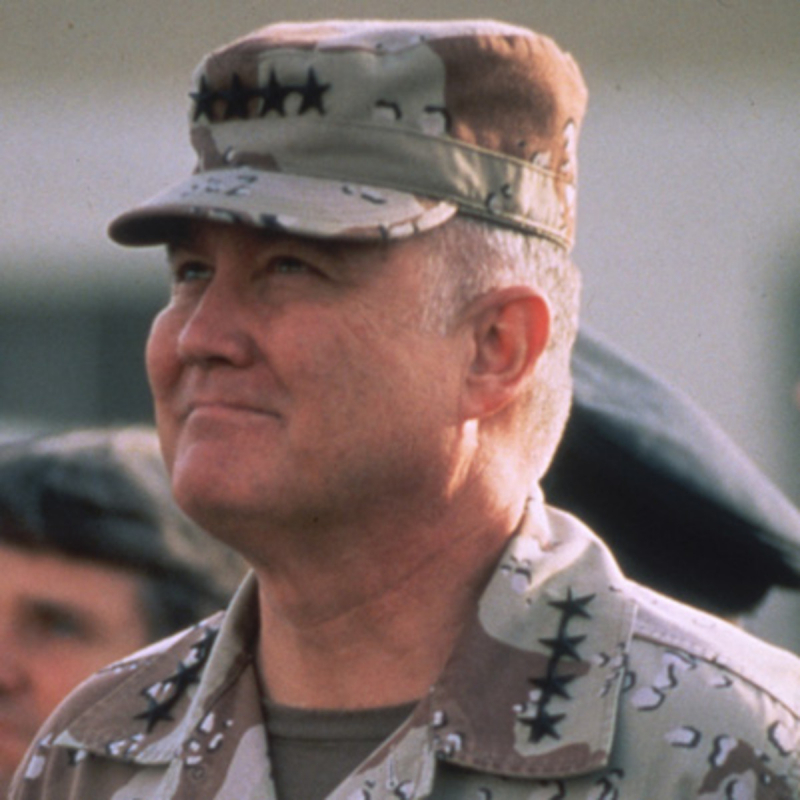
Photo: www.biography.com 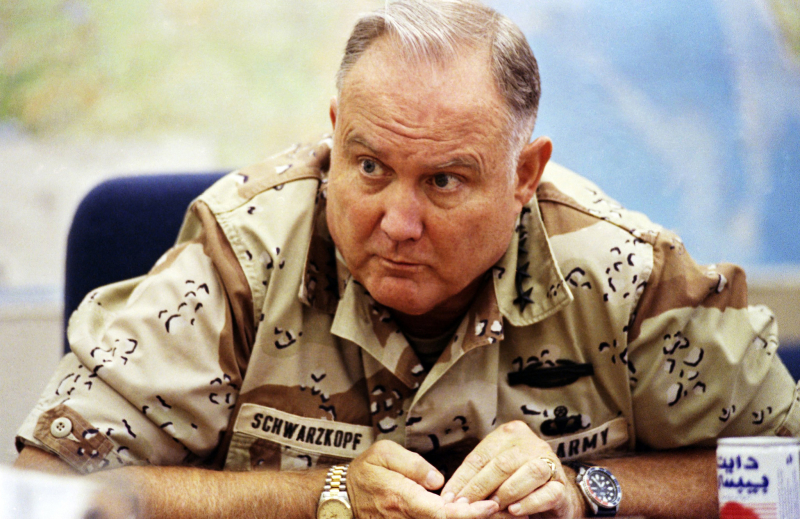
Photo: www.nytimes.com -
Due to his father's military employment, Norman Schwarzkopf had a rather itinerant childhood. He would reside in Switzerland, Iran, and Italy for a number of years until returning to the United States in 1950 when he was 16 years old.
The following year, Norman Schwarzkopf enrolled at Valley Forge Military Academy in Wayne, Pennsylvania, where he developed a formidable reputation for his savage tongue and debate prowess. He would then enroll at West Point Military College in West Point, New York, after this. He did well in college and received his degree in 1956. An interesting fact about Norman Schwarzkopf is that he came in at number 43 out of 480 students.
West Point Academy is the official name of the United States Military Academy, a college where commissioned officers for the American Army are trained. On March 16, 1802, it was established as a school for the U.S. Corps of Engineers with a class of five officers and ten cadets. One of the first service academies ever established. The academy is currently located on around 16,000 acres (6,000 hectares), 50 miles (80 km) north of New York City, in Orange County, New York, framed by the Hudson Highlands and perched above the Hudson River.
In 1964, he received a master's degree in guided-missile engineering from the University of Southern California, Los Angeles, and was commissioned as a second lieutenant in the American Army.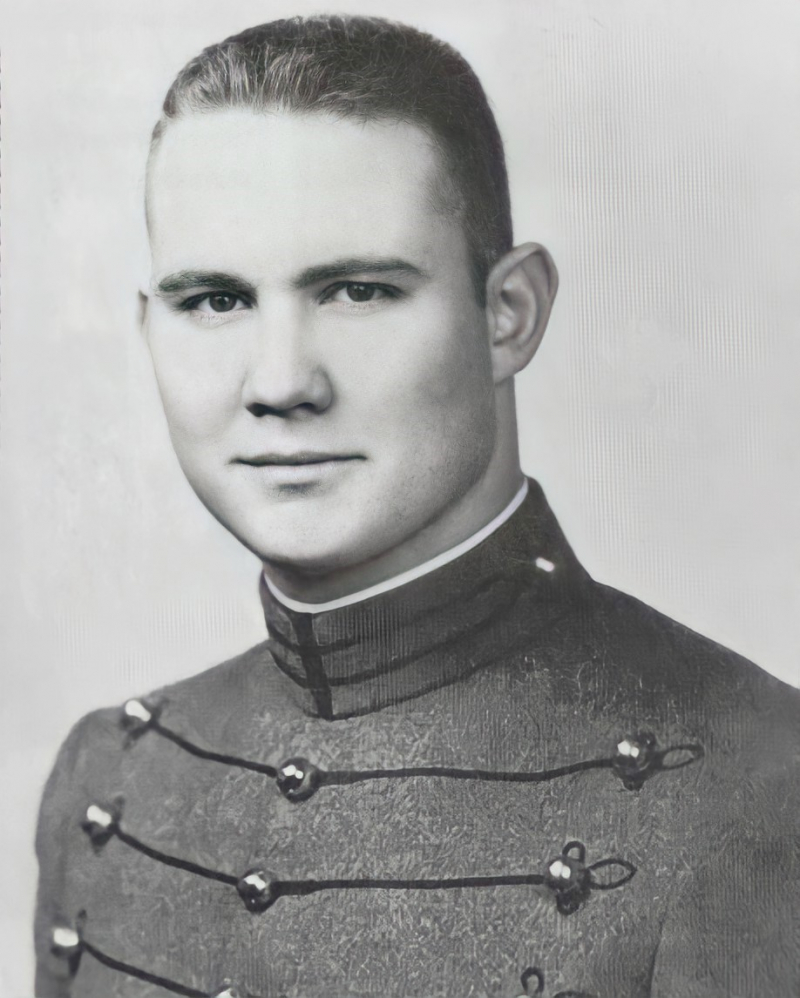
Photo: achievement.org Video: ProDynamix -
The impressiveness of Norman Schwarzkopf's military career ascent through the ranks cannot be overstated. In 1965, he was initially dispatched to Vietnam as a consultant for the South Vietnamese airborne division; two years later, he would return as a major.
After a brief period of time spent instructing at West Point University, he would later return to Vietnam, where he would serve for one year and be awarded three silver stars for his gallantry. During this tour, he also had two injuries. He served two tours of service in South Vietnam (1965–1966 and 1969–1970) during the Vietnam War and came home as a highly decorated combat veteran. He held a number of two-year positions between 1974 and 1982, progressively moving up the ranks. When the United States invaded Grenada in 1983, he was made a major general and in charge of the ground forces.
He was promoted to colonel in 1975, and by 1986, he had ascended the ranks to become lieutenant general. In 1988, he would finally achieve four-star general status. At MacDill Air Force Base in Tampa, he was later named commander of the US Central Command.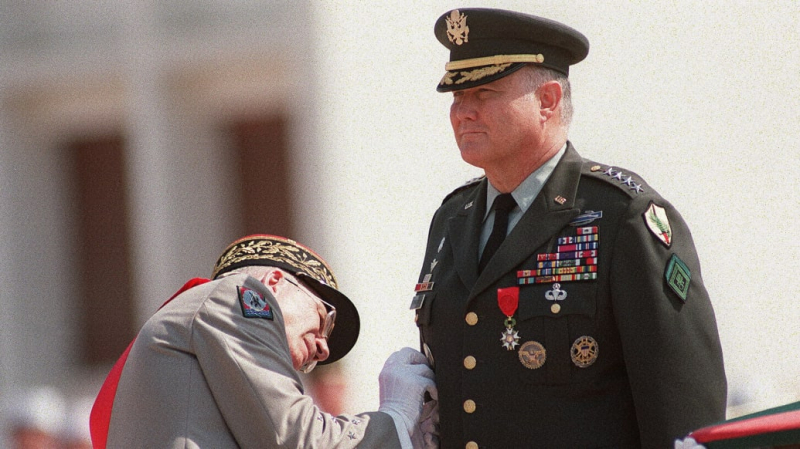
Photo: www.thedailybeast.com 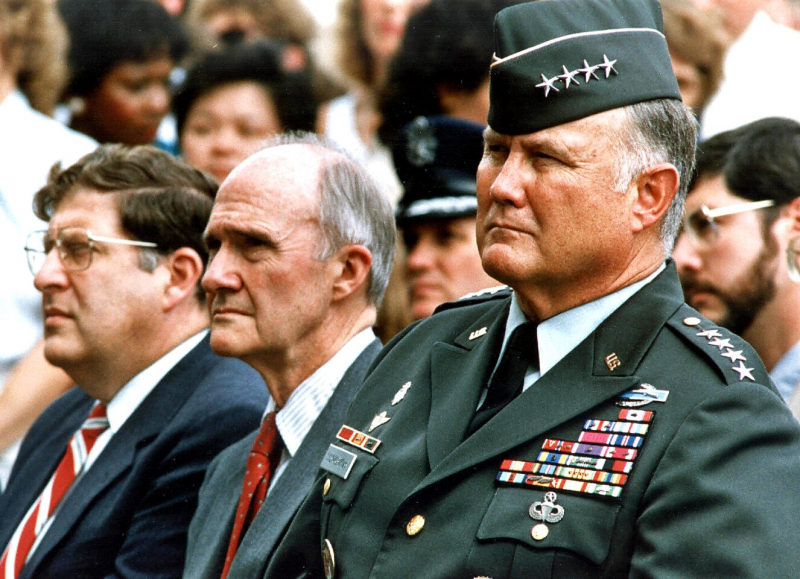
Photo: www.latimes.com -
"It Doesn't Take a Hero", Norman Schwarzkopf's autobiography, was published in 1992, a year after his military retirement. The book quickly rose to the top of sales.
General H. Norman Schwarzkopf tells the tale of his extraordinary life and career in an open, highly awaited autobiography. This is the account of his childhood experiences during World War II and his extraordinary adolescence in the Middle East and Europe, which would later be crucial to his comprehension of the Gulf. This is a candid description of the West Point graduate's early dissatisfaction with the "real" Army, which almost led him to resign from the service. General Schwarzkopf discusses his two tours of duty in Vietnam in an open manner. He describes the "dark years" that followed and his contribution to the fight for military reform. For the first time ever, General Schwarzkopf offers his intimate, behind-the-scenes narrative of Desert Shield/Desert Storm, along with unvarnished photos of important individuals including Colin Powell, Richard Cheney, and President George W. Bush.
From the general's singular vantage point, we are able to see firsthand how difficult it was to plan the campaign in a nation where foreigners were viewed with great suspicion, to maintain strategic secrecy during America's first war that was broadcast worldwide, and to prevent a repeat of the Vietnam War. "It Doesn't Take a Hero" is a thoughtful and thought-provoking novel that paints an intimately intimate portrayal of American life. It is the inspiring story of a soldier who built his career on the principles of duty, honor, and nation.
The book received a great deal of attention for being an illuminating account of the recently concluded Gulf War. It would go on to sell millions of copies and is regarded as one of the key works on the war in the late 20th and 1990s.
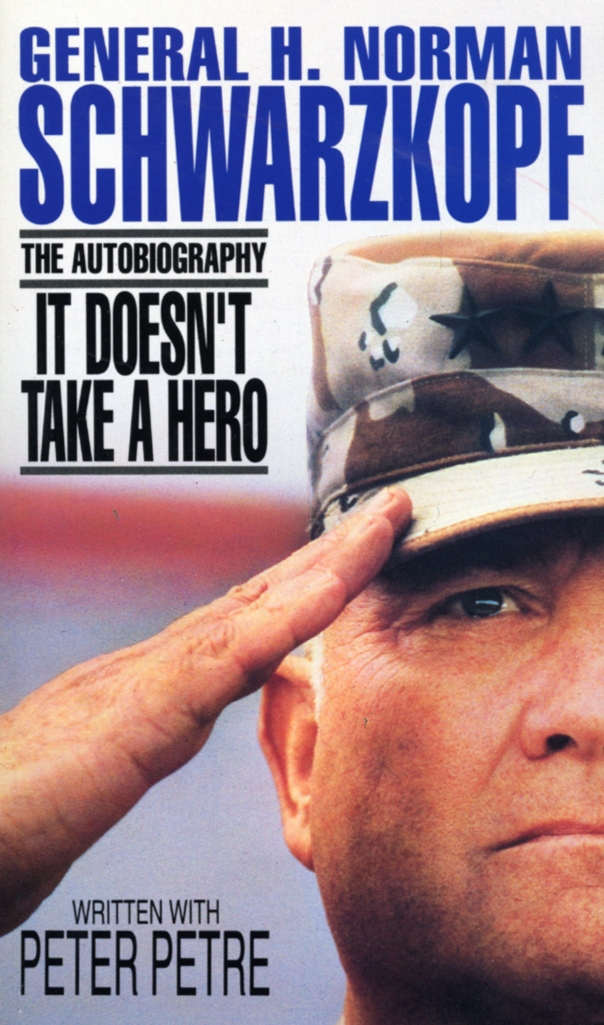
Photo: www.penguin.com.au 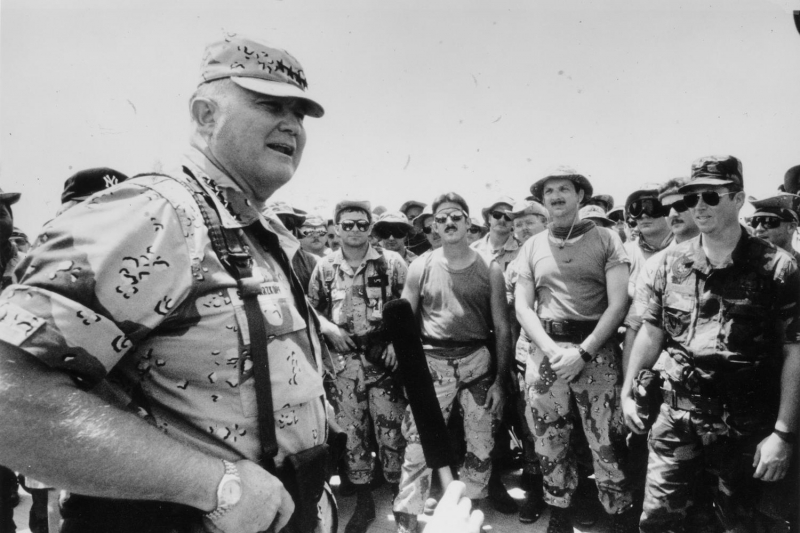
Photo: www.thetimes.co.uk -
General Schwarzkopf has held a variety of different command and staff positions across the Pacific, Europe, and the United States. Throughout his years of service, he oversaw Army troops at all levels, from platoon to corps. Norman Schwarzkopf received numerous honors during his lifetime is an interesting fact about Norman Schwarzkopf. He was awarded four stars while serving in the military and various more honors both during and after his military career.
An honorary knighthood from Queen Elizabeth II of England was one of his most outstanding achievements, especially for an American general.
His guiding principles were duty, honor, and nation. Rarely in history has one person been given the talent, charm, moral authority, and intelligence to win the adoration, respect, and affection of an entire nation. General H. Norman Schwarzkopf, who oversaw the Allied Forces in the Persian Gulf War, is one such person. A harsh yet sympathetic General who won the devotion of his soldiers by being a "muddy-boots soldier" lies beneath the decorations and swagger. He received numerous accolades throughout the course of his 35 years of military service, including the Presidential Medal of Freedom, two Purple Hearts, three Silver Stars, and three Bronze Stars.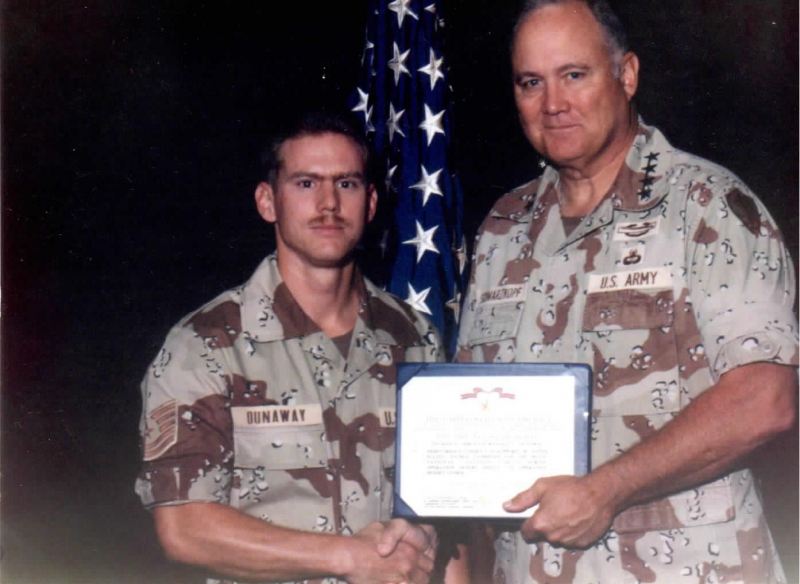
Photo: obits.cleveland.com 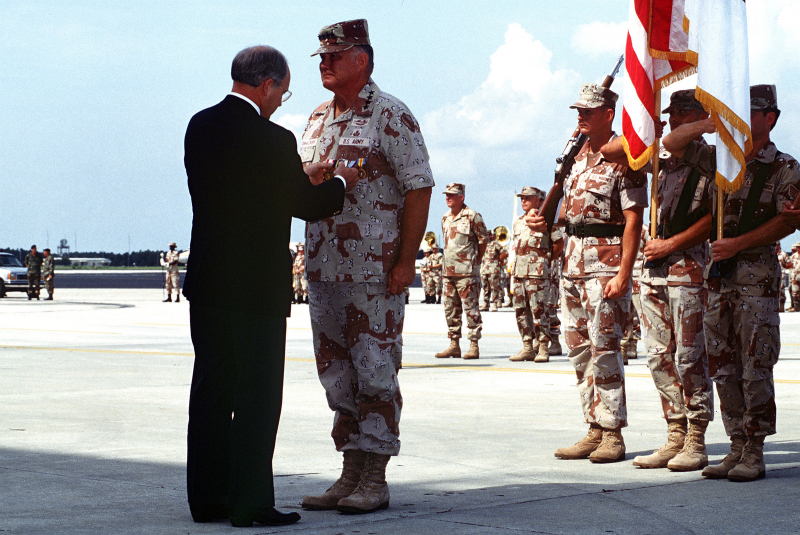
Photo: nara.getarchive.net -
At MacDill Air Force Base in Florida, Schwarzkopf held the position of commander in chief of the United States Central Command from November 1988 until August 1991. He also led the coalition forces in 1991 during Operation Desert Shield and Operation Desert Storm in that capacity. This is one of the interesting facts about Norman Schwarzkopf.
Schwarzkopf created a strategy to counter Iraqi aggression in the Persian Gulf while serving as commander of USCENTCOM. Just 210 days after Saddam Hussein invaded Kuwait, the U.S.-led coalition was able to defeat Iraqi forces thanks in large part to that strategy. Beginning on January 17, 1991 with the initial bombing campaigns, Operation Desert Storm barely lasted 42 days. The ground battle only lasted 100 hours, from the initial U.S. incursion into Kuwait on February 24 to the cease-fire, end of the war, and liberation of Kuwait on February 28.
Schwarzkopf's "left hook" strategy, a flanking maneuver where coalition forces entered Iraq from Saudi Arabia and then entered Kuwait from Iraq by moving west across the Iraq-Kuwait border, was crucial to the success of the ground war to liberate Kuwait. This strategy was used to attack Iraqi forces in Kuwait by crossing directly into that country from Saudi Arabia.
Schwarzkopf received several honors throughout his career, including a Distinguished Flying Cross, the Legion of Merit, three Silver Stars, and three Distinguished Service Medals. He is survived by his three children, Cynthia, Jessica, and Christian, as well as his wife of 44 years, Brenda.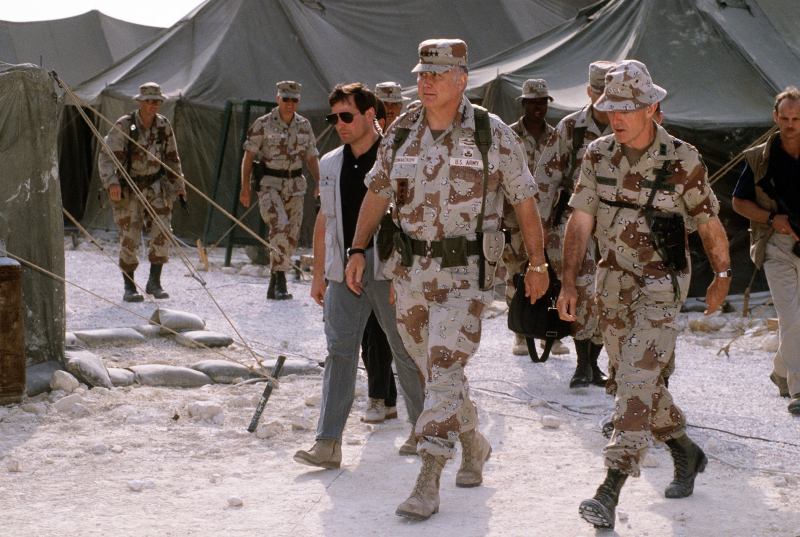
Photo: www.army.mil Video: Buyout Footage Historic Film Archive












